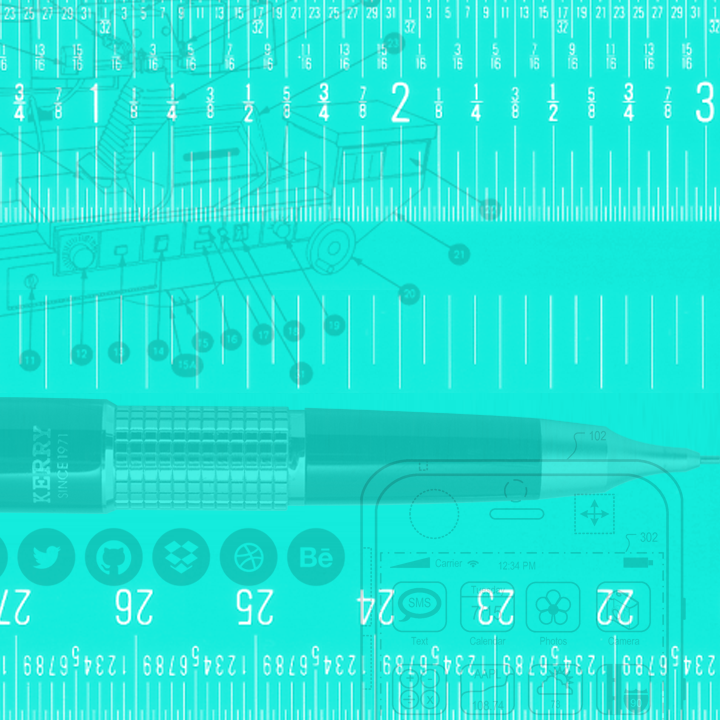My name is Chuck Green and I’m a graphic designer and marketer. I’ve been practicing communication crafts, with some success, for longer than I’d like to admit. I have also authored books on the subject—for Random House, PeachPit, and Rockport—and written for numerous design magazines: Before & After, Layers, InDesign Secrets, and others.
My passion is exploring the reasons some designs work, why others don’t, and in discovering the real, practical steps my clients and I can take to improve results. I love design aesthetics, but intellectually, I’m devoted to function.
Don’t let anyone tell you different: graphic design and marketing are complex disciplines. You’ve got to learn as much or more as your client about various aspects of their business, and then figure out what distinguishes them from their competition, within the context of their specific market, in a particular place, at a particular time, and within the bounds of their financial means.
You are artist, storyteller, technologist, statistician, accountant, and huckster—it’s a crazy-hard business, but I love it.
What you’ll find on ideabook.com
Through ideabook.com, I share ideas about and resources related to print and web design, marketing, advertising, illustration, typography, copywriting, technology, and more. I search out, review, and point to design tools—books, tutorials, software, websites, and such—and I produce and sell a few products of my own: step-by-step guides, process outlines, and templates.
My occasional Ideabook Briefing is an email snapshot of my most recent finds.
In the end, my hope is that what I do here contributes, in some small way, to the clarity and quality of your work.
Chuck Green
BTW: If you haven’t been here in recent years, you’re seeing some changes. After 15-plus years and 1653 posts, I have transitioned to some new, better ways of doing things. Many of the existing articles from my Pageplane.com blog and links from my Jumpola.com resource page are being updated and are finding their way here as time allows. I hope you’ll come along for the ride.
Have thoughts about the design? Contact me here.

The illustration I created for this page, is a sampling of some of the tools I have used—past and present. That’s a PhotoTypositor (1), an essential piece of display typesetting equipment, most popular in the 1960s and ’70s. With it, a good operator could set headlines with the exact kerning you specified—for roughly $4 per word (From Lou Brooks’ Museum of Forgotten Art Supplies).Next is a Sharp Kerry Mechanical Pencil by Pentel (2), a tool with roots in the pre- and post-digital worlds—as useful now as it was then.The ruler (3) represents the precision necessary, on both sides of the timeline, to create graphics for reproduction. (From Schaedler Precision Rule.) Things have certainly changed.Today, marketing and advertising are a labyrinth of networks, software, and cloud applications, which some of these familiar icons represent (4): GitHub, Dropbox, Dribbble, and Behance.The smart phone line drawing (5) is an Apple patent illustration. (From Google’s Patent Search page.) I certainly don’t need to tell you about the role that little device has played in our business.And the Wharfedale Printing Press (6) (seen in gray-tone at the top of some ideabook.com pages) represents the mechanics of it all. From Gutenberg in the 1400s to today’s on-demand digital printing presses and variable data, you and I have had the good luck to witness a substantial shift in the very core of technological advancement. (From Typoretum, a letterpress design and printing studio in the UK.)



